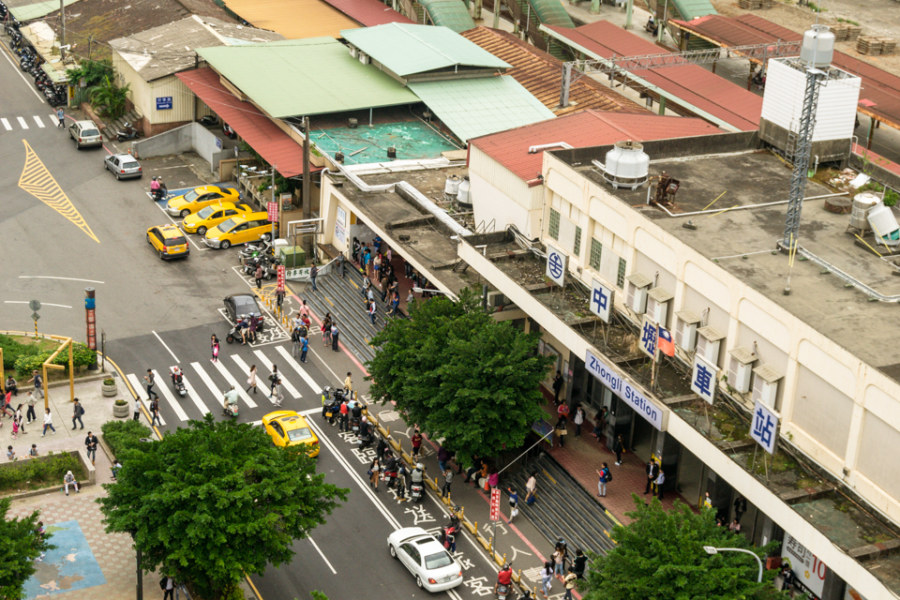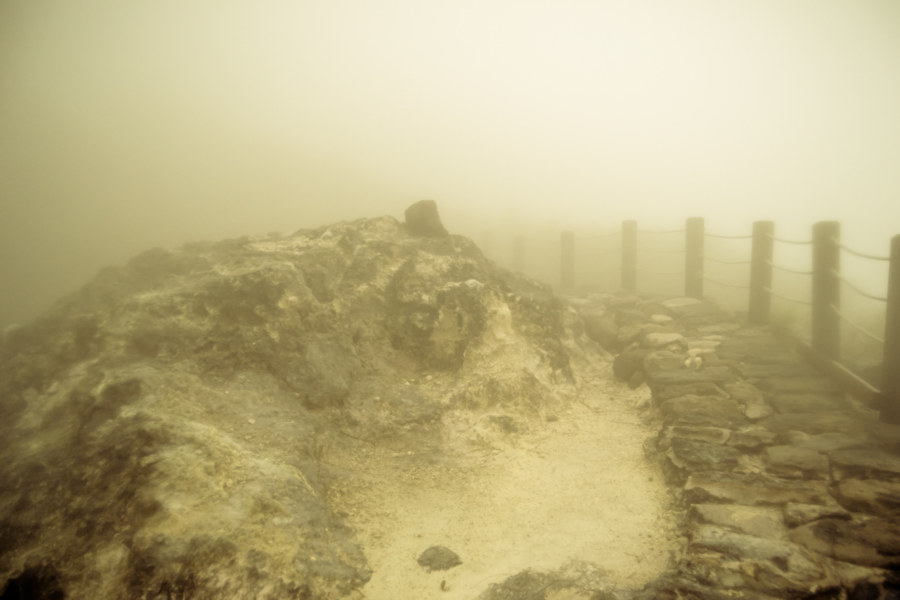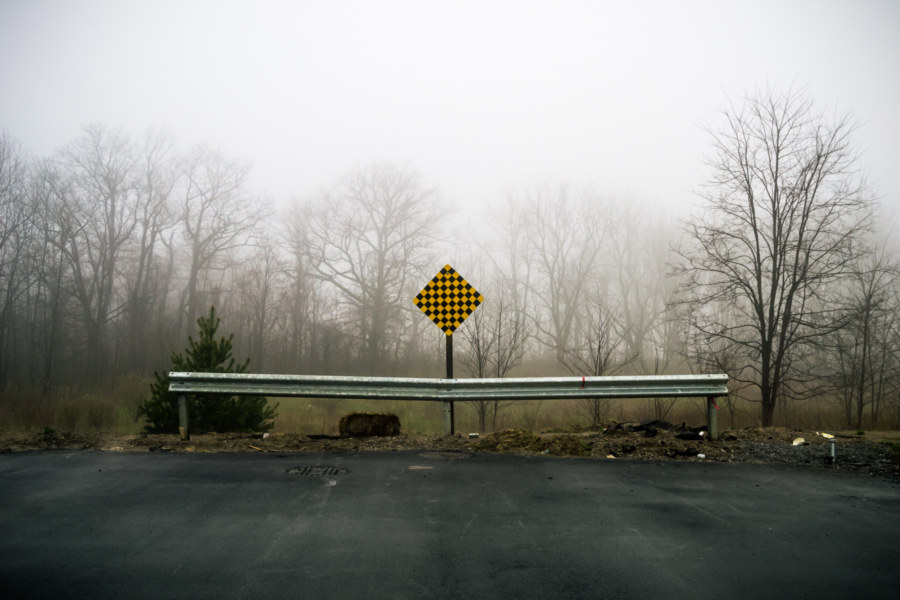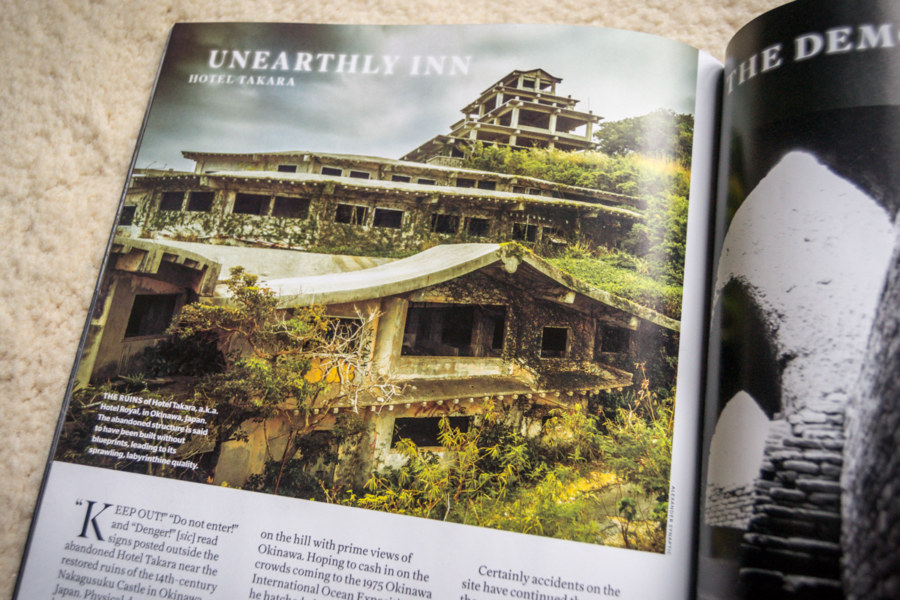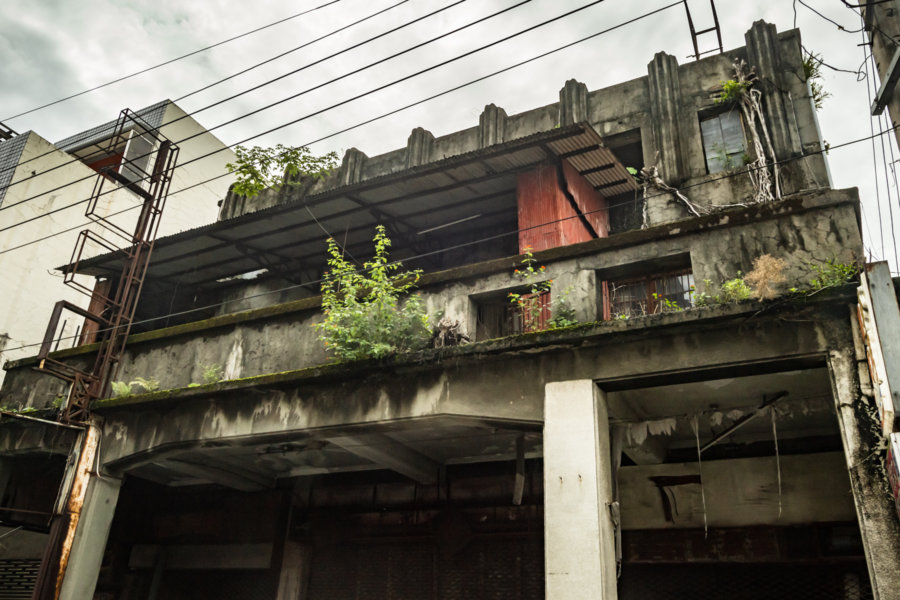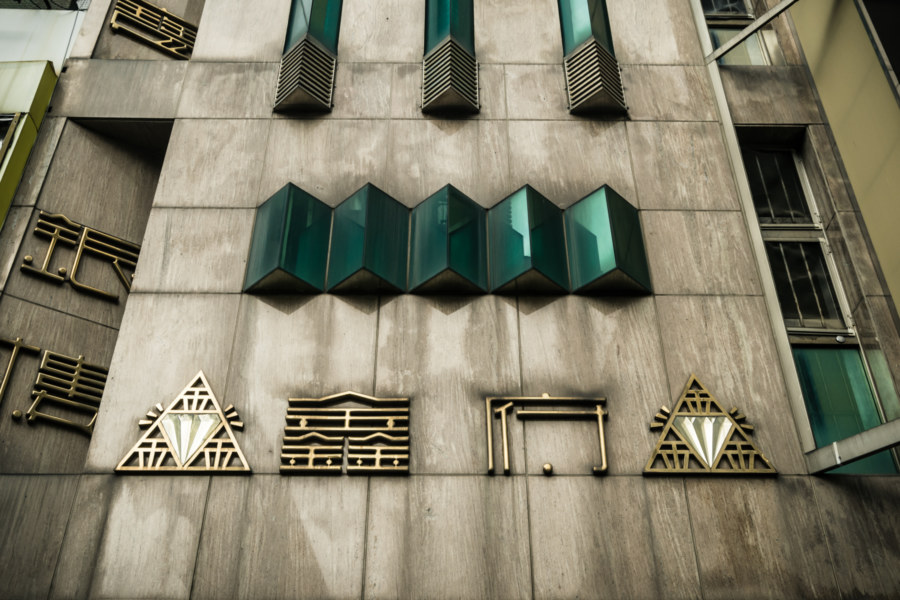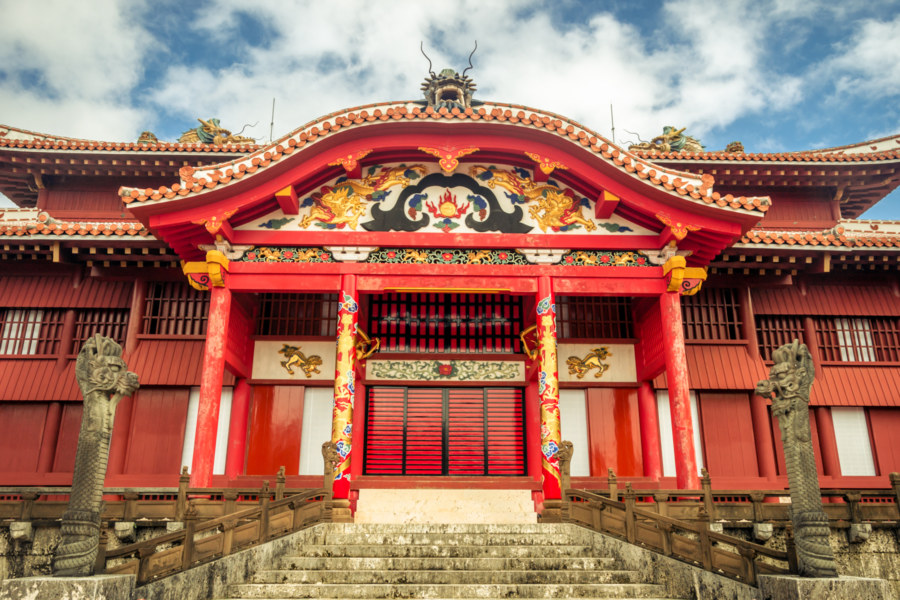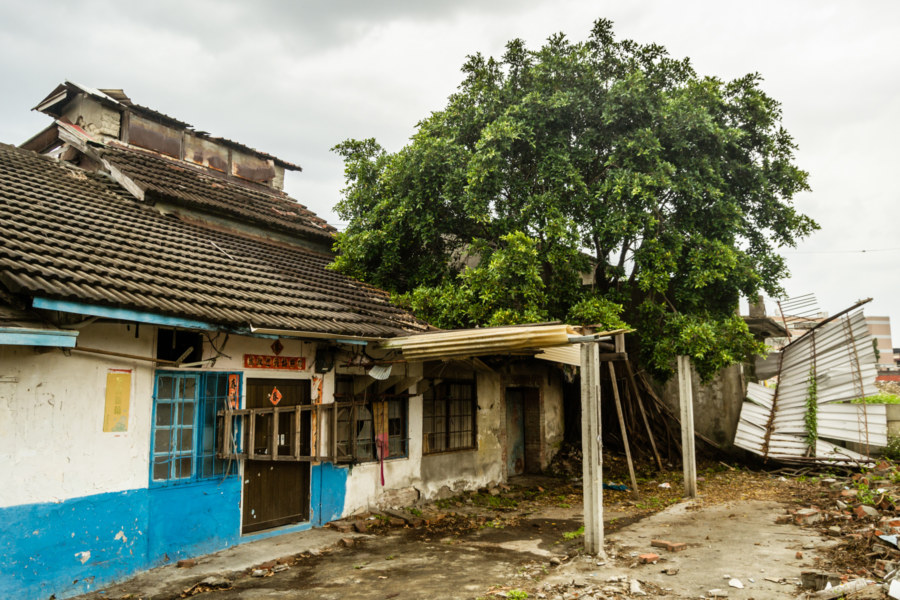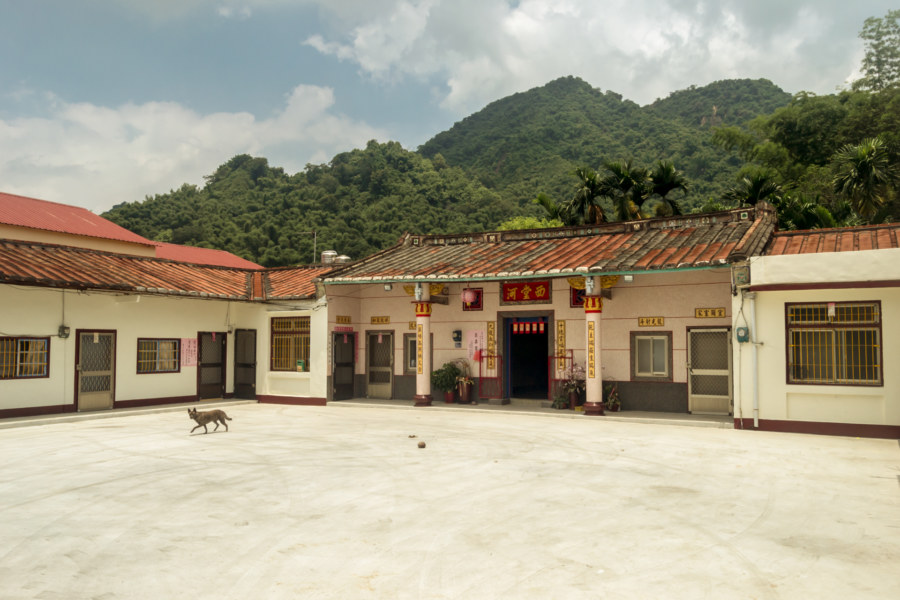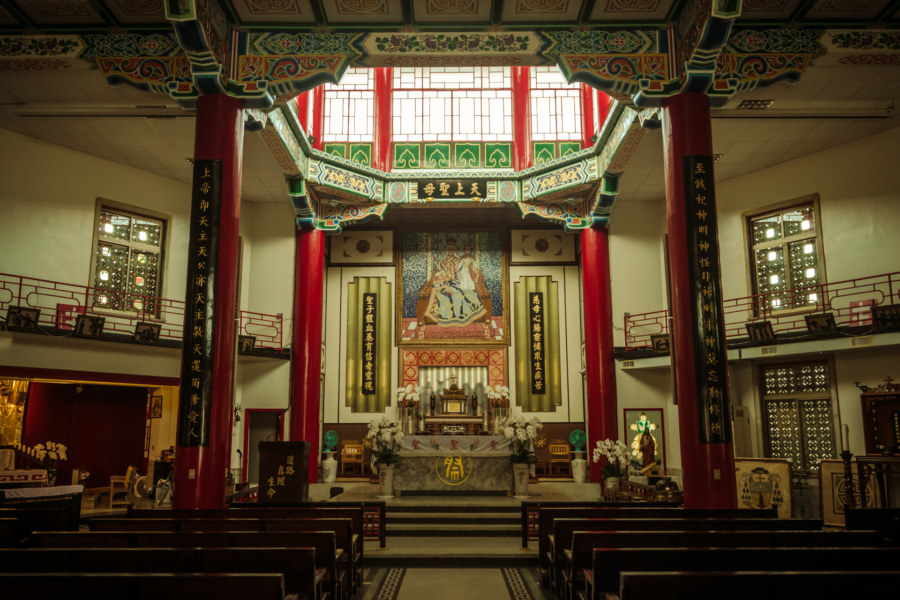I resided in Zhongli, Taoyuan, for two months at the very end of 2015 for reasons outlined in my first dispatch. In short: I wanted to try out living in another city in Taiwan and had a few good friends in the area, one of whom is fellow Canadian blogger Josh Ellis. In my time in Zhongli I captured numerous scenes from everyday life in this burgeoning conurbation of half a million. This post is meant to convey a sense of what it was like to live there for a while—just as I previously did for my time in Wenshan District, Taipei. It is not meant to be a comprehensive guide or a review; think of this as a loose collection of snapshots and impressions of a mid-sized Taiwanese city not commonly documented in English.
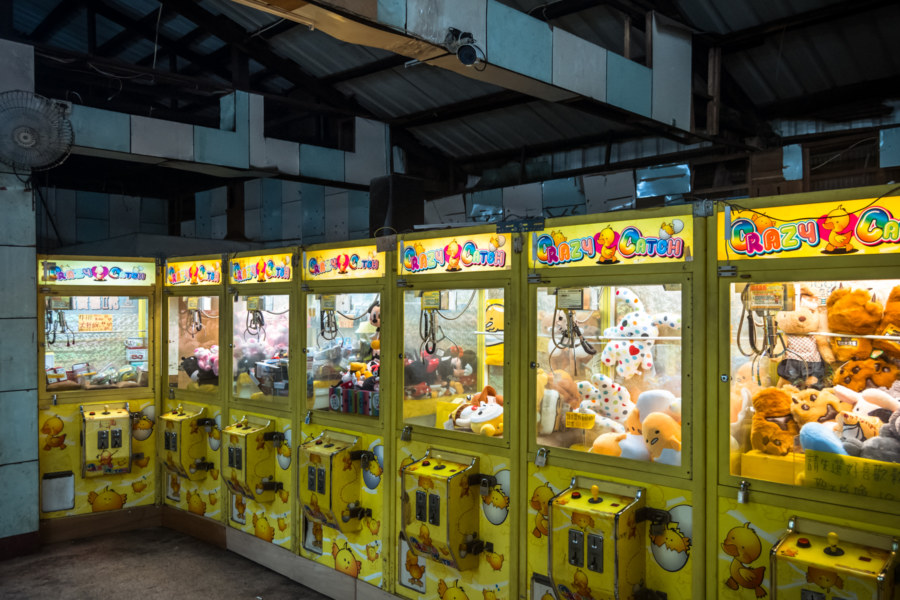
Anything that doesn't really fit anywhere else. The odds and ends, miscellaneous leftovers and random junk.
Subterms
A Foggy Hike in Yangmingshan 陽明山
These photographs were taken in early October 2013 while hiking around Yángmíngshān National Park (陽明山國家公園). After meeting up with a friend we took a bus from Jiantan Station in Shilin to Lengshuikeng with the intention of checking out Milk Lake (Niúnǎichí 牛奶湖). Racing up the meandering mountainside roads we soon found ourselves immersed in an interminable fog. Debarking at the bus stop, with hardly another soul around, we decided to wander around and see what we could make of our time in Yangmingshan.
On the Edge of Suburbia
I came of age on the edge of suburbia, where cookie-cutter housing projects end and the surrounding countryside begins. Decades later, again I find myself perched on the edge, further west than when I was young but still at the very end of one little patch of suburban sprawl.
Nakagusuku Kogen Hotel in a LIFE Books Special
My photo of a haunted hotel in Okinawa in LIFE Books.
Last year one of my photos from Nakagusuku Kogen Hotel 中城高原ホテル was picked up by LIFE Books for the publication of The World’s Most Haunted Places. I have yet to complete my own write-up of this fantastical and awe-inspiring ruin in Okinawa but I will certainly get around to it sooner or later. Appearing in a LIFE publication of any kind is also pretty cool even if it isn’t the original magazine, which my mother used to collect and keep around the house while I was growing up. She proudly bought a couple copies when she heard the news and the special hit the supermarket stands back home in Canada.…
Huaguo Theater 華國戲院
Huáguó Theater (華國戲院) is one of hundreds of abandoned theaters scattered around Taiwan. Located in Puli, a town of approximately 80,000 in the heart of Nantou, this particular theater was likely built in the late 1950s. From what I’ve read in an article by Wáng Hénglù (王亨祿), this theater was operated by a couple with the family name Zhōu (周) and specialized in showing Western films on a single screen before its inevitable demise.
A Gem of a Storefront
A classy storefront in Hsinchu not far from the train station.
This storefront immediately caught my eye when I arrived in Hsinchu a few hours ago. Both the facade and the lettering are unusually classy, showing a vintage style of design not commonly seen here in Taiwan. This is a jewelry shop, as the clever use of characters would suggest, and its formal name is Xīnfǔ Zhūbǎo 鑫府珠寶. The first character, xīn 鑫, is known as a sāndiézì 三叠字, or triplet character, and is composed of three instances of jīn 金, which means gold. Whoever designed the lettering obviously had some fun integrating a sparkling jewel into the two characters on either side of the shop’s name!…
Shuri Castle 首里城
I visited Okinawa in November 2013 on one of my first side trips from Taiwan. Gathered here are some of my photographs from a brief tour of Shuri Castle 首里城, also known as Shuri-jō, a historic Ryūkyūan gusuku built on a hilltop in Naha around 650 years ago. Almost nothing seen here is original—the castle and almost everything around it was destroyed in the Battle of Okinawa and reconstructed from historic records between 1952–1992.
Shuinan Tobacco Barn 水湳菸樓
Shuǐnǎn Tobacco Barn 水湳菸樓 is a historic Japanese colonial era building located in Beitun, Taichung. It is an “Osaka-style” tobacco barn (named after Osaka Castle) much like these more famous examples from Meinong. Nobody seems to know for sure when it was built, though this article claims it is a century old. Without better information I would say the 1930s are a safe bet—that’s when industrial-scale tobacco cultivation was spreading all over central and south Taiwan—but it might be older than that.
Postcards From Meinong 美濃明信片
I briefly visited Meinong in July of 2014 while cycling around southern Taiwan. I hadn’t done any planning prior to arrival and knew nothing of what I was getting myself into nor what sights I should have made an effort to see. I was navigating almost exclusively by instinct, riding in whatever direction seemed interesting, simply to see what was there. Gathered here are several of my photos from a few uninformed hours in this bucolic rural township in Kaohsiung.
Our Lady Queen of China Cathedral 中華聖母主教座堂
Back when I was living in Tainan I made an effort to check out many of the temples I encounter in my daily travels around town. One day after breakfast, while riding along Kāishān Road (開山路), I stopped to check out what looked to be yet another temple across the street from the Koxinga Shrine (延平郡王祠). I was surprised to learn that despite the palatial Chinese architecture and seemingly traditional style of design this is a Catholic church, officially Our Lady Queen of China Cathedral (中華聖母主教座堂). Built in 1963, it is the top-ranking church in the Roman Catholic Diocese of Tainan (天主教台南教區). The name is derived from Our Lady of China (中華聖母), an apparition of Mary that took place during the Boxer Rebellion (義和團運動) in China in 1900.
